Subsea cable involving Norway could improve internet service in Inuit communities in Canada
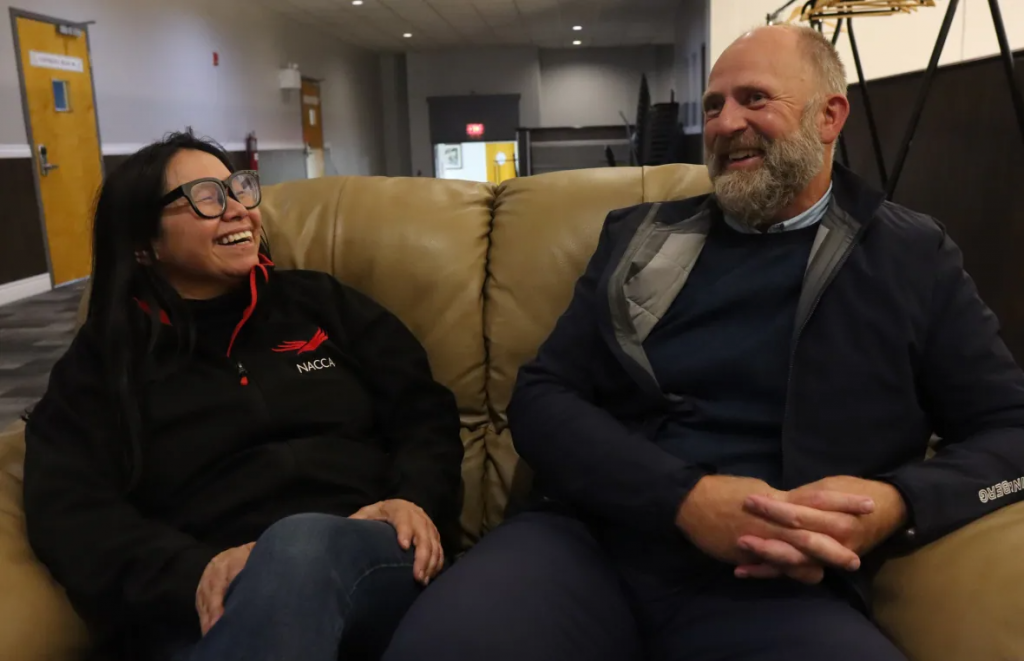
Proposal could also help data centres in Labrador export processing power
A subsea network that would stretch from northern Canada to Norway could open a path for significantly better internet connectivity in Inuit communities, and also open the potential for data centres being built in Labrador to export their processing power.
The proposed network, which would connect Nunavut and Nunatsiavut, the Inuit-owned land in northern Labrador, is being developed by CanArtic Inuit Networks and Bulk Infrastructure Inc.
“Now we have a project to interconnect the Nordic region with the Atlantic Canada region,” Peder Nærbø, chairman of Bulk Infrastructure, said in an interview with CBC Radio’s Labrador Morning.
“So it can be used as critical infrastructure” for broadband connectivity, he said, while also providing services to “the big data centre industry … now growing rapidly [that requires] more and more renewable energy.”
The proposal addresses two areas — poor internet connections in remote communities, as well as the growth in data centres. These centres are cheaper to operate in colder climates, and the local supply of hydroelectricity in Labrador also allows potential data centres to be marketed as more environmentally friendly.
The proposed network is divided into two projects.
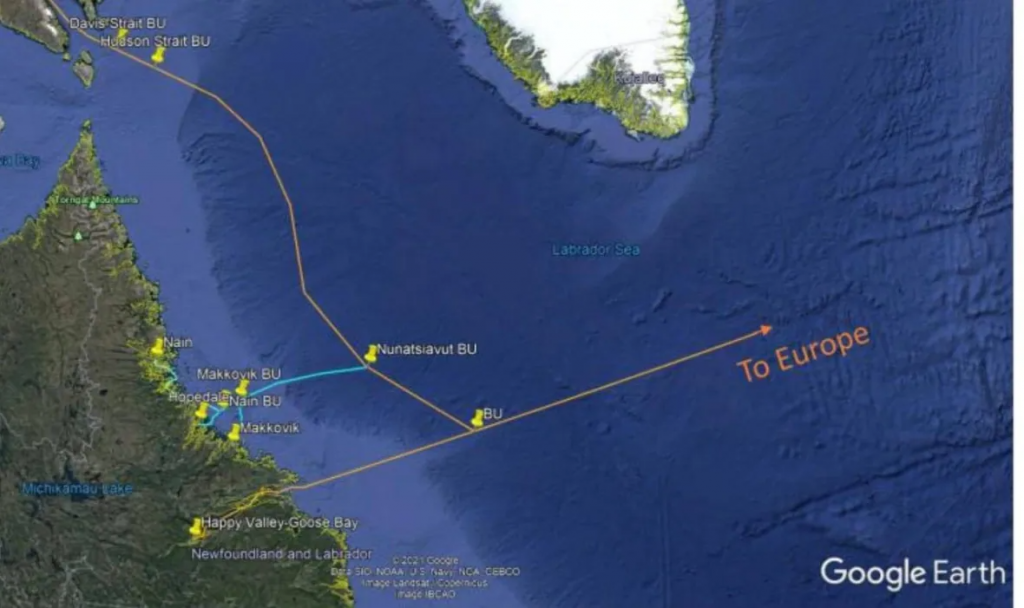
CanArtic’s SednaLink cable will run from Sheshatshiu, in central Labrador, through Nunatsiavut to Iqaluit in Nunavut, spanning a total of 1,904 kilometres.
If successful, this project would be the first fiber optic cable connecting the two regions of the Inuit Nunangat. It will connect Makkovik, Postville, Hopedale, Natuashish, Nain and the mine at Voisey’s Bay before connecting to Iqaluit.
Phase 2 of the SednaLink cable would be routed to the High Arctic, spanning another 2,960 km.
Big Land Networks, an internet service provider based in Labrador, is also expected to play a role providing connectivity to these communities in Labrador.
“Coming to Labrador, Nunatsiavut has given us the opportunity to meet with potential partners like Big Land Networks as we look to develop relationships with local Internet providers,” Madeleine Redfern, chief operating officer for CanArtic Inuit Networks, said in an interview with Labrador Morning.
The southern part of this cable will merge with Bulk Infrastructure’s submarine fiber optic cable, which the company calls Leif Erikson after the legendary explorer. The cable would connect an area near Happy Valley-Goose Bay with a terminal point 4,200 kilometres away in Norway.
Bulk Infrastructure also hopes to route their end of the cable inland to Quebec.
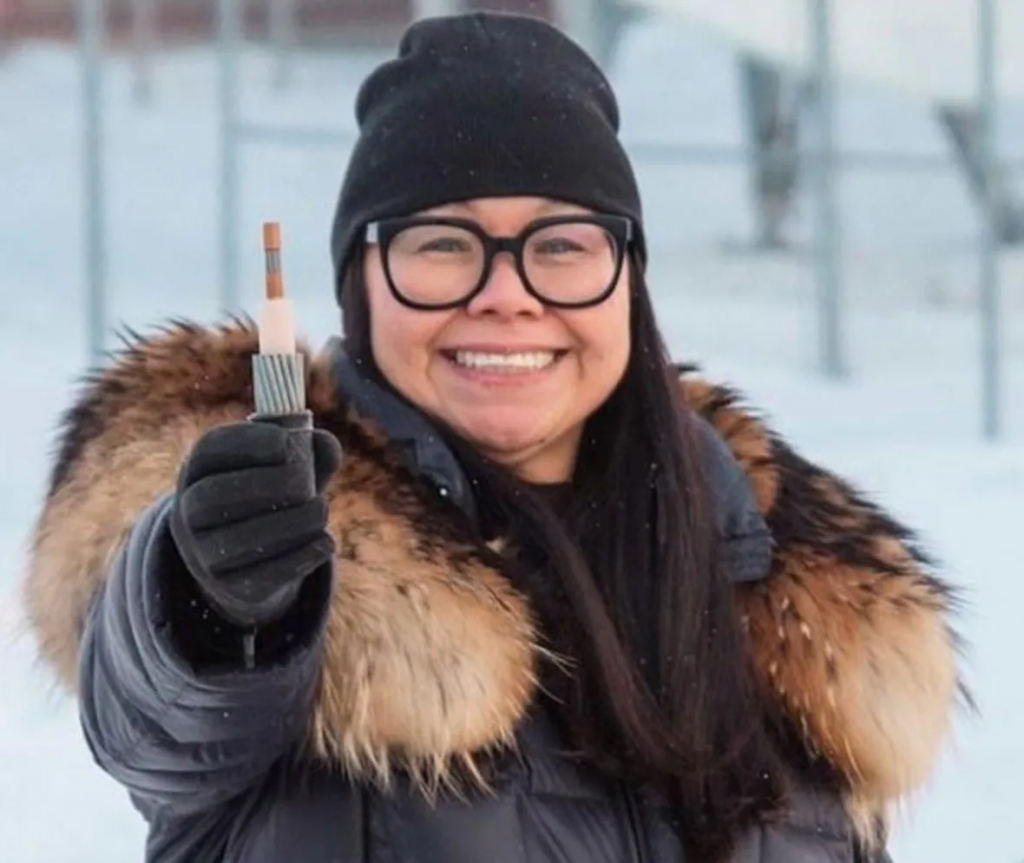
Improvement in internet connectivity is crucial to Inuit Nunangat, according to Redfern.
In Iqaluit, a state of emergency was declared Oct 12, after fuel contamination rendered the local supply undrinkable.
According to Redfern, while the news was breaking, internet connectivity locally was poor because of unfavourable weather conditions, which created a delay in the spread of news within the community.
“The need for good connectivity is absolutely necessary during a state of emergency to get the information from officials,” said Redfern, who is a former mayor of Iqaluit.
Related stories from around the North:
Related stories from around the North:
Canada: Canadian PM promises to connect 98% of Canadians, including in North, to high-speed internet by 2026, CBC News
Norway: New satellites to boost communications in Arctic Norway, The Independent Barents Observer
Russia: Russian military to get fast, secure internet through trans-Arctic cable, The Independent Barents Observer
United States: Fibre optic network to connect Alaska with rest of United States, Alaska Public Media

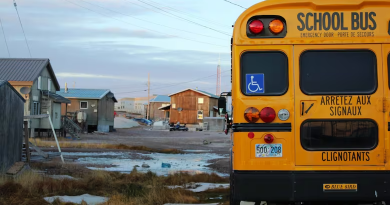

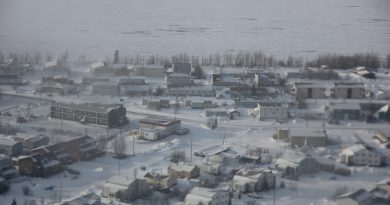
Thank you for the great article.
Keep me posted
Dan Deslauriers